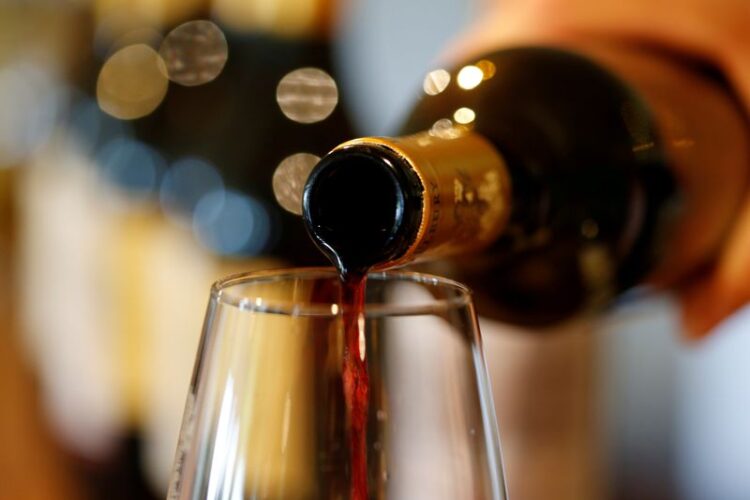By Charlotte Webster-
Brits will soon be able to purchase ‘pint’ sized bottles of still and sparkling wine, as a new 568ml size is introduced to Britain’s supermarket shelves, pubs, clubs and restaurants, the Department for Business and Trade has announced today .
The move to introduce the 568ml size would sit alongside the 200ml and 500ml measures already available, offering more flexibility and choice for customers.
The UK’s wine sector is set for the boost as part of the Government’s smarter regulation programme to ensure regulations are up to date and agile,. The move comes following engagement with the industry, with businesses now being able to sell prepacked still and sparkling wine in 500ml and 200ml sizes as well as a new 568ml ‘pint’ quantity.
900 vineyards are set to benefit from the new freedoms, boosting production and supporting British businesses, which currently produce around 12.2 million bottles of still or sparkling wine a year*.
These optional reforms from Government are thanks to our new Brexit freedoms via the Retained EU Law (Revocation and Reform) Act 2023 and are wholeheartedly backed by industry wanting to reduce burdensome regulations. The changes will help to boost innovation, increase business freedoms and improve choice for consumers.
Minister for Enterprise, Markets and Small Business Kevin Hollinrake said: ‘Innovation, freedom and choice – that’s what today’s announcement gives to producers and consumers alike.
‘Our exit from the EU was all about moments just like this, where we can seize new opportunities and provide a real boost to our great British wineries and further growing the economy.
Nicola Bates, CEO of WineGB said:
We welcome the chance to be able to harmonise still and sparkling bottle sizes and we are happy to raise a glass to the greater choice that allows UK producers for domestic sales.
The Windsor Framework also means that newly packaged wine will be able to be sold by bars, restaurants and retailers in Northern Ireland – with products able to move in what is known as the retail “Green Lane”, under the Northern Ireland Retail Movement Scheme.
In addition to announcing the deregulatory measure on wine, the Government has published a response to the consultation Choice on units of measurement: markings and sales.
Following the extensive consultation, the Government has decided not to introduce any new legislation in this area. But new guidance has been issued to promote awareness and use of imperial measurements.
The Government will continue to keep this legislative framework under consideration, as part of a wider review of metrology EU derived legislation.
Most alcoholic drinks can be sold only in a limited range of fixed quantities, which are set out in the Weights and Measures (Intoxicating Liquor) Order 1988.
The legislation applies to a range of alcohol, including still and sparkling wine, and sets out the quantities which prepacked drinks (by the bottle or can) and non-prepacked drinks (by glass or carafe) can be sold in.
The rationale behind having a set range of quantities is to help people keep track of their alcohol intake, for health and safety reasons.
The proposal is to use powers in the Retained EU Law (Revocation and Reform) Act 2023 to allow new quantities of prepacked still and sparkling wine (in bottles or cans) to be sold. Quantities of non-prepacked alcohol sold in pubs and restaurants (drinks served by the glass) are not regulated by REUL and are outside the scope of this proposal.
The changes will allow new quantities of both prepacked still and sparkling wine to be sold in 200ml and 500ml quantities (currently still wine cannot be sold in 200ml, and sparkling wine cannot be sold in 500ml).
This will bring more alignment between the two drinks. The changes will also enable a new 568ml ‘pint’ quantity of still and sparkling wine to be sold. There is no legal obligation for businesses to sell in the new sizes.
The intention is to support the thriving UK wine sector by providing opportunities for innovation, increasing consumer choice, and resolving some of the issues experienced by industry with inconsistent sizes for still and sparkling wine




